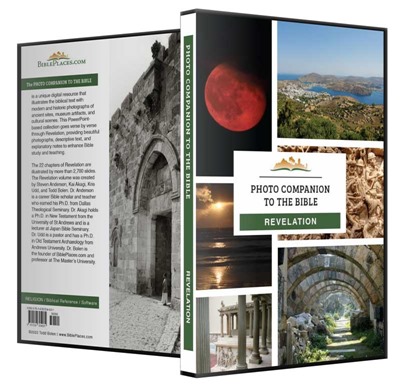Archaeologists working in southeastern Turkey believe they have discovered the “oldest narrative depiction in history.”
The recent discovery of several dozen bronze statues in Italy may affect how historians understand the relationship between the Etruscans and the Romans.
ScienceDaily: “Using advanced geochemical analyses, a team of scientists has uncovered new answers to decades-old questions about trade of tin throughout Eurasia during the Late Bronze Age.”
Ruth Schuster has written a well-illustrated article about how the “desert kites” mystery was solved.
Archaeologists used LIDAR to discover a Roman temple underneath a church in Croatia.
A 17-minute video produced by the British Museum explains what the Rosetta Stone actually says.
Tim Johnson writes about his visit to Syracuse, the “greatest Greek city,” and one that Paul briefly visited on his way to Rome.
“A number of looted artefacts returned to Turkey and Italy in the past three months have been revealed to be from the private collection of prominent American philanthropist Shelby White.”
George Smith, best known for his work on the Epic of Gilgamesh, is the subject of the latest episode on the Thin End of the Wedge.
Some Roman centurions and gladiators have been arrested after they threatened to beat up tourists at the Colosseum.
Discussion on a agreement between the British Museum and Greece to send the Elgin Marbles to Athens is “at an advanced stage.”
HT: Agade, Arne Halbakken, Gordon Dickson, Keith Keyser, Explorator
